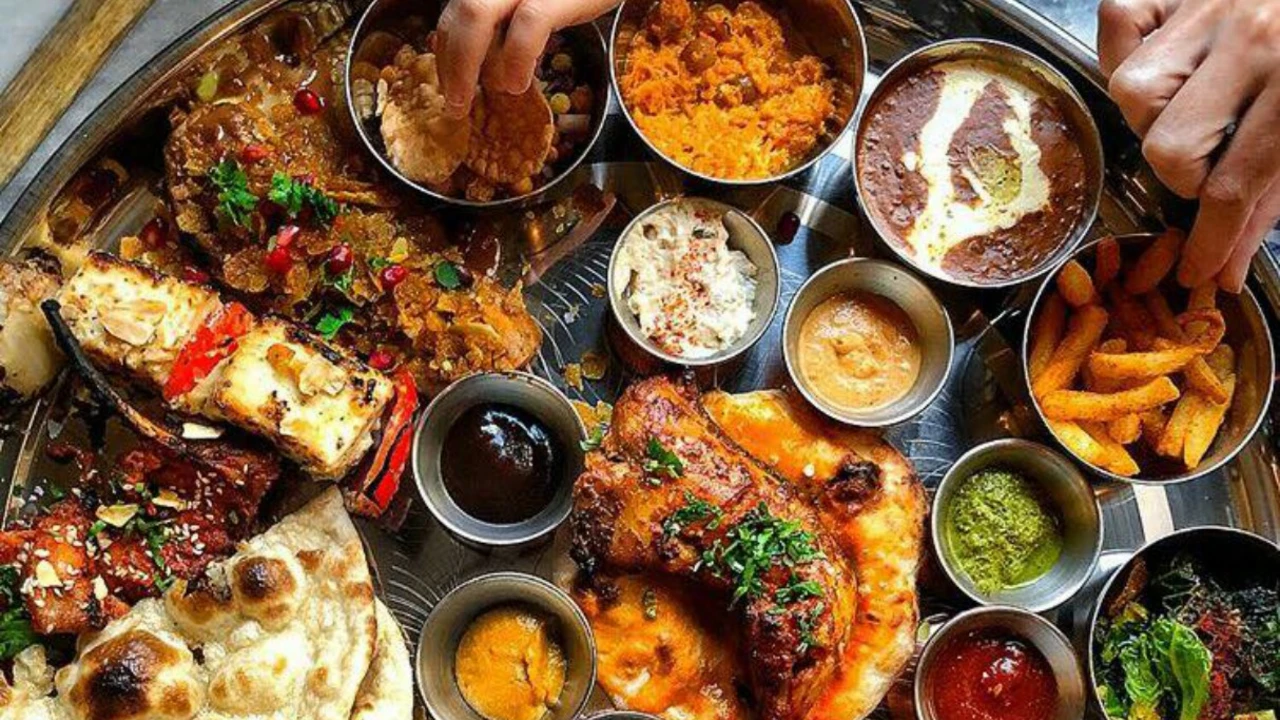What Indian Foods Americans Find Weird
Ever wondered why a dish like Pani Puri feels like a splash of water in your mouth while a scoop of raita looks like a mystery dip? You’re not alone. Many people from the U.S. first meet Indian cuisine and stare at the menu as if it’s a whole new language. The good news? Once you get past the initial surprise, those flavors can become some of your favorite foods.
Why Certain Dishes Raise Eyebrows
Take Pani Puri. It’s a tiny, hollow ball made from fried dough that you fill with a burst of flavored water, potatoes, and sometimes chickpeas. The combination of crunchy, hot, and tangy in one bite can feel like a prank on your taste buds. But that shock factor is exactly what makes it fun – you get a quick hit of spice, sour, and sweet all at once.
Then there’s biryani. It’s a layered rice dish cooked with meat or vegetables, herbs, and a mountain of spices. To someone used to plain rice, the deep aroma and heat can seem overwhelming. The secret is to start with a small portion, let the flavors settle, and gradually add more. You’ll soon see why biryani is called a “celebration on a plate.”
Raita is another surprise. It looks like just yogurt mixed with cucumber, but it’s seasoned with cumin, coriander, and sometimes chilies. For diners who expect a cool, bland sauce, the subtle spice can be a shock. In reality, raita is meant to balance the heat of other dishes – think of it as the Indian version of a palate cleanser.
Tips to Enjoy Those “Weird” Foods
1. Start small. Order a bite‑size portion or share a dish with friends. This takes the pressure off and lets you discover what you like without feeling overwhelmed.
2. Ask for explanations. Most Indian restaurants are happy to describe each dish. Knowing that the spicy water in Pani Puri is called “pani” (water) and is flavored with tamarind and mint can make the experience less intimidating.
3. Pair wisely. Pair biryani with a side of raita or a plain naan. The cooling yogurt will soften the heat, and the soft bread helps you manage the strong spices.
4. Embrace the texture. Indian cuisine loves contrasts – crunchy, soft, creamy, and soggy all in one meal. Instead of focusing on the odd feel, think of it as a sensory adventure.
5. Try the sweet side. Gulab jamun might look like a deep‑fried donut, but it’s soaked in sugar syrup that makes it melt in your mouth. If you love sweets, give it a go – it’s a perfect way to end a spicy feast.
Understanding cultural cuisine differences is about more than just taste; it’s about the stories behind each dish. When you learn why a food is prepared a certain way, the “weird” factor fades and curiosity takes over. So next time you see Pani Puri, biryani, or raita on a menu, remember that it’s an invitation to try something new, not a test you have to pass.
Ready to step out of your comfort zone? Grab a fork, a spoon, and maybe a friend who’s also curious. Indian food might seem odd at first, but with a few simple tips, you’ll discover flavors that are anything but boring.
Well, buckle up folks because we're about to take a wild and spicy ride into the world of Indian cuisine that Americans find a tad quirky. So, first up we have the infamous Pani Puri, a hollow puff pastry filled with flavored water that leaves you feeling like you’ve gone 10 rounds with a water balloon. Next, we've got the notorious Biryani, a dish so spicy it'll make your taste buds feel like they've taken a trip to the sun. Don't even get me started on the adventurous Raita, a yogurt-based side dish, which is like the wild cousin of your everyday salad dressing. And lastly, there's Gulab Jamun, a sweet ball of deep-fried dough that's like a donut had a love affair with a sugar bomb. So there you have it, a culinary rollercoaster of flavors, that's sure to leave your palate pretty perplexed!
